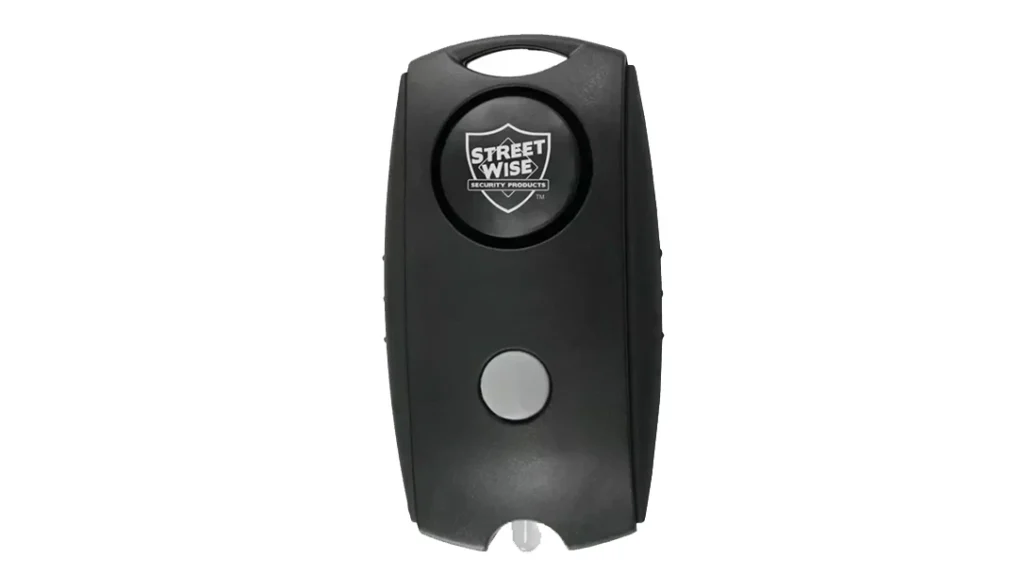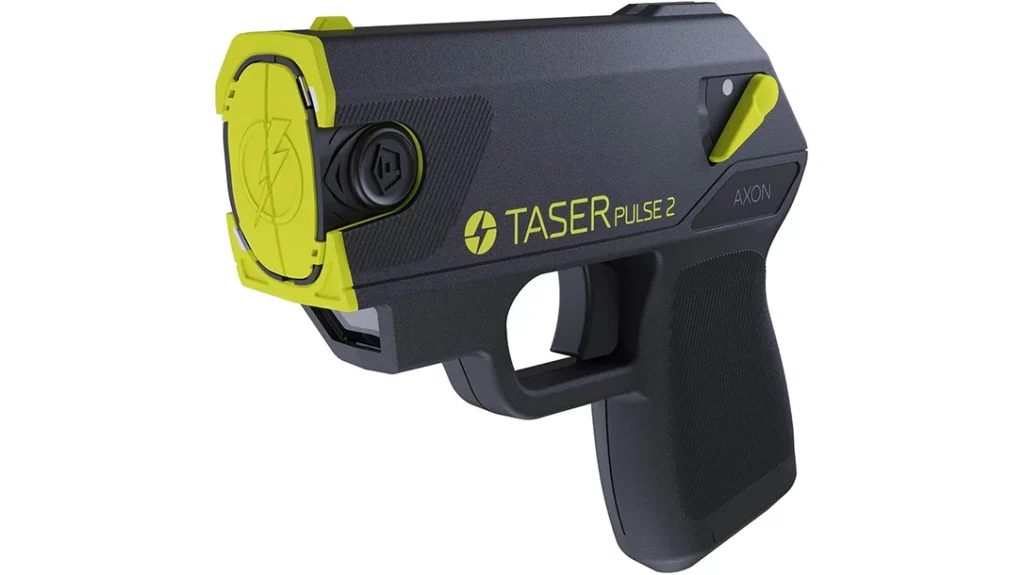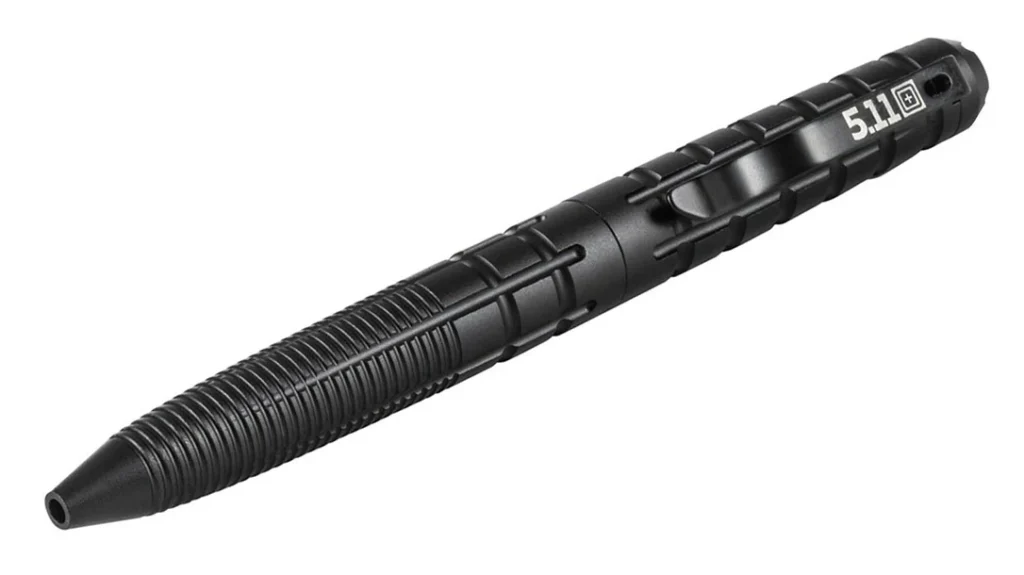For many new and even seasoned gun owners, the thought of using their firearm to protect themselves is scary. Some are reluctant to hurt or kill another human being. Not to mention, the legal pitfalls of using a firearm for self-defense are extensive in some jurisdictions. There’s also the possibility of a costly civil suit, even if you aren’t charged. So, it’s easy to see that you don’t want to shoot an attacker unless you absolutely must, to protect yourself or your family. This is why many consider less-lethal options before resorting to firearms.
Considering Less-Lethal Options
The above doesn’t mean self-defense isn’t an option, however. There is a whole category of tools deemed “less-lethal” weapons that are frequently used successfully in self-defense. Most of these tools are made to either incapacitate or injure an aggressor enough that you can escape to safety.
While these devices are not firearms per se, they do have legitimate applications. In fact, some or most can even be carried in areas where nonsensical laws restrict you from carrying your handgun. Let’s explore a selection of these devices to learn a little more about the topic.
Advertisement — Continue Reading Below
Being Less-Lethal
Less-lethal weapons, sometimes called intermediate force capabilities (IFCs), are intended to neutralize an assailant without causing severe or permanent injury while maintaining a safe standoff distance and avoiding the use of lethal force.
There are several types of less-lethal products, and all have their advantages and disadvantages. Pick the one, two, or more that are right for you. Then, you won’t have to go unarmed even when entering those dreaded “gun-free” zones, where only lawful people don’t take their firearms.
Advertisement — Continue Reading Below
Personal Safety Alarm
One of the simplest less-lethal safety devices is a personal safety alarm. It’s an easy-to-carry device that might help you get out of trouble in a hurry. When triggered, these devices produce a piercing noise meant to shock an attacker and draw the attention of others nearby that you are under attack.
They are compact, simple to use, and require little to no training. Additionally, unlike a baton or other blunt force weapon, these have little chance of permanently injuring an assailant.

Advertisement — Continue Reading Below
Batons
Batons, either fixed or collapsible, are also popular and can be very effective with some training. A baton is essentially a short, metal stick that can be used to strike an attacker. It delivers enough force to incapacitate him or her without causing permanent damage. This makes batons a popular choice for civilians and law enforcement personnel.
Collapsible batons are even easier to conceal due to their ability to collapse into a small size that fits easily in a pocket or pack. However, when extended, they make a formidable striking device.
Pepper Spray
Pepper spray, which causes intense irritation to the eyes, skin, and respiratory system, has been used defensively for decades. Some come as compact as keychain sprayers. More recently, newer-style pepper spray launchers, which often resemble real firearms, have come into vogue and are popular with consumers.
Advertisement — Continue Reading Below
They can reach out further and deliver a pepper spray load more precisely than old-fashioned sprayers. They are also legal in most states and in areas where handguns are not permitted.

Tasers or Stun Guns
Tasers/stun guns are among the most popular and also the best known by the general public. These are compact, close-quarter self-defense tools that deliver electric shocks to an attacker. When fired, a probe penetrates the target’s clothing and skin. Then it releases an electrical current to an aggressor, which will usually drop them quickly. Thus, ensuring the user has time to put some distance between themself and the assailant.
Advertisement — Continue Reading Below

Kubotan
A kubotan is a 6-inch-long stick-like self-defense weapon derived from the Japanese yawara stick. It is simple to use if your attacker is already within arm’s reach, and also lightweight and easy to carry.
The kubotan is designed to be used against the sternum to back an assailant up. It can also be used against the neck or face to drive off an attacker, giving room to escape. While simple, it can be a very effective self-defense weapon when used by those who have trained with it enough to know how to use it properly.
Advertisement — Continue Reading Below
Self-Defense Flashlight
Self-defense flashlights have been around for years. Big, heavy ones like the old Maglites can put a dent in an attacker’s head quickly. Those aren’t your only options, though. Today’s SD flashlights are small, great light sources, and can be used to gain distance from an attacker without using a firearm.
They are designed with durable metal to be lightweight and strong. Many even have sharp surfaces for jabbing or cutting an aggressor during an attack.
Tactical Pens
I was prone to laugh at tactical pens until I finally bought one at a local gun show. A closer look at it convinced me I sure wouldn’t want to be jabbed or cut with it. Most tactical pens have a very sharp point that can be used to strike an attacker. Likewise, they have a blunt end that can be used not only to hit but also to break through material like glass in an emergency situation.
Advertisement — Continue Reading Below
If you carry a pen anyway, it should be one that can also protect you when the chips are down.

Final Thoughts on Less-Lethal Options
Advertisement — Continue Reading Below
Even if you own a firearm, you’d be wise to own one or more of these less-lethal options. They might just save your life without all the collateral damage that can be caused by shooting someone in a self-defense situation.
